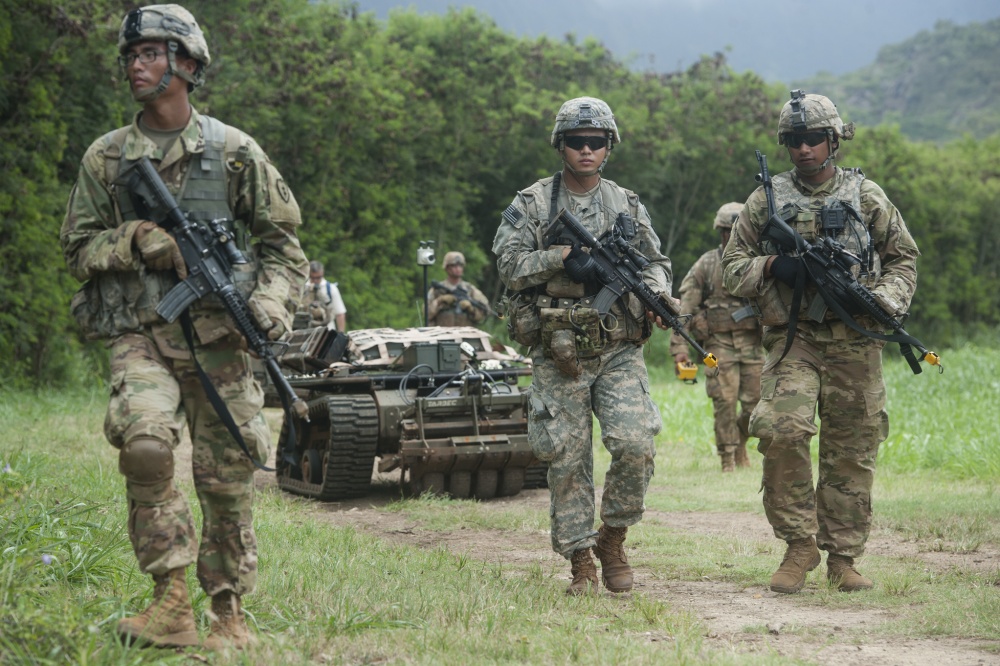This post is also available in:
 עברית (Hebrew)
עברית (Hebrew)
The greatest promise of machine autonomy is that it will lead to greater freedom for the humans commanding and fighting alongside the robots. AI for maneuver is specifically about the software and sensors that grant autonomy in GPS denied spaces. This is one of the driving forces behind the military adoption of autonomy writ large.
Brandon Tseng, chief operating officer and co-founder of Shield AI said the goal is to shift from 50 soldiers supporting a single drone, or ground robot, or water robot, to a paradigm where one human supports 50 robots.
An ability for machines to operate despite GPS or electromagnetic denial means machines moving through risky areas with some assurance. Autonomy does not prevent the risk of a kinetic response, of drones shot down or blown apart with missiles, but it does make that outcome explicit and harder to deny. This could be preferred to the ambiguity of a drone loss from jamming that could read like mechanical failure.
“In this era of massive political risk, what AI for maneuver does is opens up aperture of what missions we can accept because they are inherently very low political risk because they involve unmanned systems,” Tseng said.
The US Navy’s loss of a Global Hawk in the Strait of Hormuz in June did not devolve into a more traditional kinetic war or lead to human death, a fact that’s led to the perception of drones as more-expendable assets, according to c4isrnet.com..
Trusting AI to maneuver surveillance and reconnaissance platforms into place means giving commanders and, ultimately, policy makers, information despite jamming, and despite a risk of loss. With drones, it is a shift from operating in climates of aerial superiority to ones of aerial expendability.
What is missing from the emphasis on denied environments, or asset projection, is what happens when those machines want to communicate back with human controllers. An ISR asset that can navigate denied space but not transmit what it observes is, at best, a liability. If the uncrewed, autonomous platform is carrying deadlier payloads than just sensors, more human control is needed and therefore autonomy in maneuver is insufficient for meeting both its operational needs and its likely battlefield uses.


























